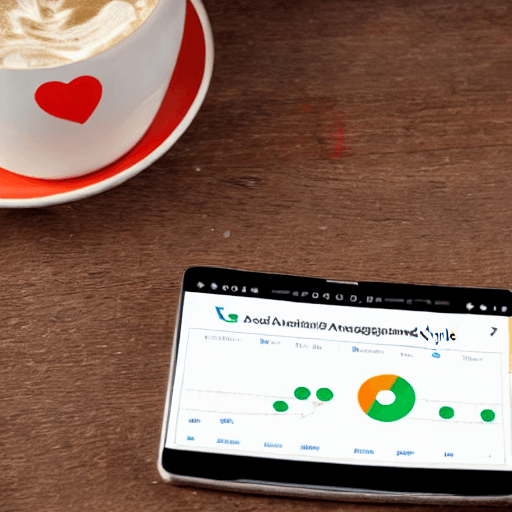

In the ever-evolving landscape of Pay-Per-Click advertising, consistently achieving high click-through rates (CTR) is paramount to success. While broad targeting strategies can provide initial reach, they often lead to wasted ad spend and irrelevant traffic. Mastering advanced targeting techniques, particularly those centered around demographics and interests, is the key to unlocking significant improvements in your Google Ads campaigns. This comprehensive guide delves into the intricacies of these strategies, providing you with the knowledge and tools to dramatically boost your CTR and overall campaign performance in 2023.
Google Ads offers a staggering array of targeting options, but not all of them are created equal. Simply showing your ad to a large audience isn’t enough. You need to ensure your ad resonates with the people most likely to convert – those who are actively searching for what you offer. Demographics and interests provide a granular level of control, allowing you to hone in on specific segments of the population. This isn’t just about guessing; it’s about data-driven targeting, leveraging Google’s vast user data to connect your brand with the right audience.
Demographic targeting allows you to reach users based on characteristics like age, gender, parental status, and household income. Google Ads offers several demographic targeting options:
It’s crucial to remember that demographic data is often estimated. Google uses a combination of self-reported data and statistical modeling to determine these figures. Therefore, it’s essential to validate your targeting choices with your own data and analytics.
Example: A local bakery targeting young families in a suburban area could effectively use demographic targeting to reach parents aged 25-45 with children under 18. This ensures their ads are seen by individuals most likely to purchase birthday cakes, cookies, or other treats for their children.
As mentioned, demographic data is often estimated. Don’t assume it’s 100% accurate. Regularly monitor your campaign performance and use Google Analytics to assess the demographics of your website visitors. Compare this data with your targeting settings and make adjustments as needed. A/B testing different demographic targeting options can also help you determine which segments are most responsive.
Interest targeting allows you to reach users based on their demonstrated interests and hobbies. Google’s algorithm analyzes user behavior across its various platforms – Search, YouTube, Maps, and the Google Display Network – to identify these interests. This provides a remarkably detailed understanding of your potential customers.
Google offers several categories of interest targeting:
Example: A company selling outdoor gear could target users interested in “Hiking,” “Camping,” “Backpacking,” and “Survival Skills.” This ensures their ads are seen by individuals actively seeking equipment and information related to outdoor adventures.
Custom Intent Audiences are built around the keywords users have recently searched on Google. This is a highly effective strategy because it targets users who are actively researching products or services similar to yours. Here’s how to build them:
Example: A software company selling project management tools could create a Custom Intent Audience based on keywords like “project management software,” “task management tools,” and “agile project management.”
The real power of Google Ads targeting lies in combining demographic and interest targeting. By layering these strategies, you can create highly targeted audiences that are more likely to convert. For example, you could target men aged 25-34 who are interested in “Gaming” and “PC Building.”
Example: A gaming laptop manufacturer could target young men (18-34) who are interested in “Gaming,” “PC Building,” and “High-Performance Gaming Laptops.”
Google Ads targeting isn’t a “set it and forget it” strategy. You need to regularly review your campaign performance and make adjustments as needed. Here’s how to optimize your targeting:
By effectively combining demographic and interest targeting, you can significantly improve the performance of your Google Ads campaigns. Remember to regularly review your data, experiment with different targeting options, and adapt your strategy to meet the evolving needs of your audience. Continuous optimization is key to success in the dynamic world of digital advertising.
This detailed guide provides a comprehensive overview of how to leverage demographic and interest targeting in Google Ads. Good luck!
Tags: Google Ads, Targeting, Demographics, Interests, Click-Through Rate, CTR, Campaign Optimization, PPC, Google Ads Best Practices, 2023
[…] Advertising Agencies: These agencies specialize in programmatic display advertising, leveraging advanced targeting techniques and creative […]